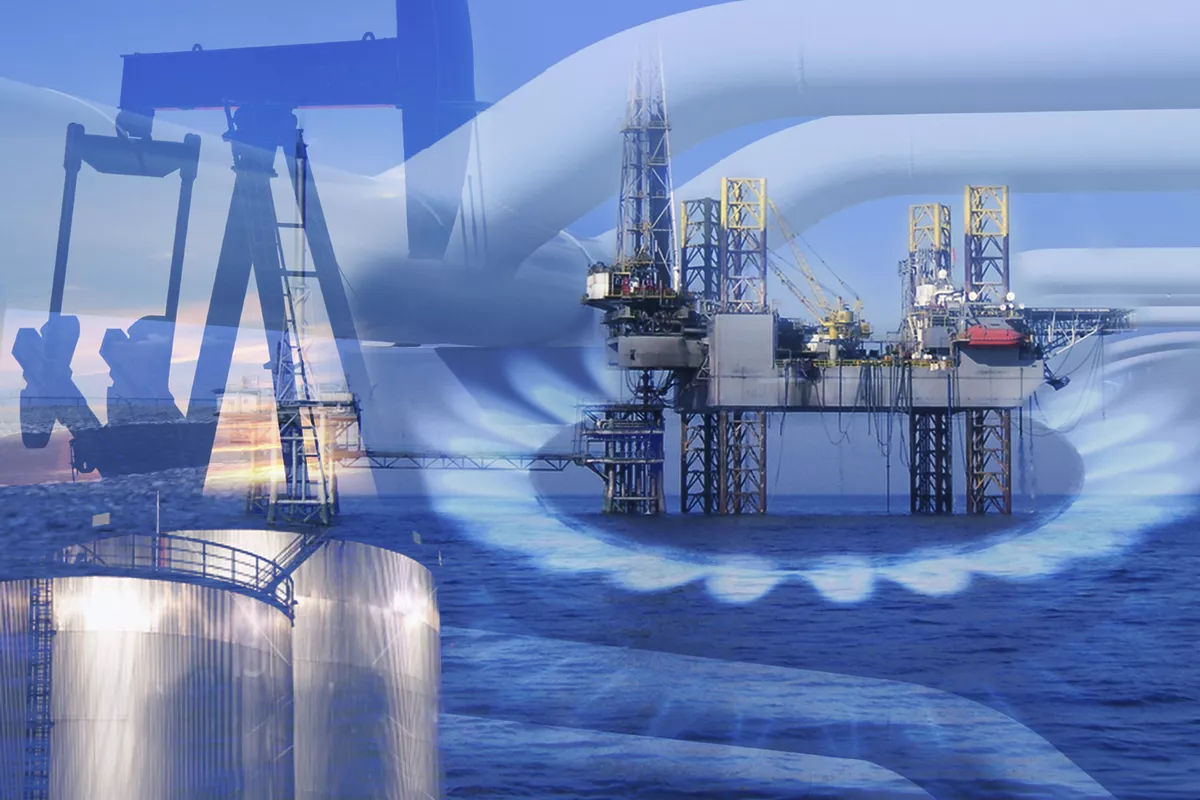
In 2024, BRICS expanded its membership to include Iran, the United Arab Emirates (UAE), Egypt, Ethiopia, and other countries, evolving from an emerging-market coalition into a major global energy power.
This enlarged group, now known as BRICS+, comprises some of the world's leading oil and gas producers. It now accounts for over 40% of global oil output and more than 30% of gas production. This expansion signifies a pivotal change in global energy dynamics, especially for the Global South, The Caspian Post reports citing foreign media.
The Major BRICS+ Oil and Gas Producers
Numerous BRICS+ nations hold significant influence in the global hydrocarbon sector:
Russia
Russia, a key player in the global energy market, produced around 10.8 million barrels of oil per day (bpd) in 2024 and ranks among the top three global natural gas producers. Even with Western sanctions, Russia has strengthened energy ties across Eurasia by increasing exports to China and India.
Brazil
South America's leading oil producer, Brazil, has experienced significant offshore expansion. Its production hit 3.5 million barrels per day in 2024, largely due to pre-salt fields such as Búzios. Brazil's formal entry into OPEC+ in 2023 has further strengthened its position in global supply negotiations.
Iran
As a founding member of OPEC and a BRICS+ country, Iran possesses the world's second-largest natural gas reserves and fourth-largest oil reserves. Despite sanctions, its production of approximately 3 million barrels per day remains robust. Iran's entry into BRICS has further bolstered the bloc's influence in the Gulf region.
United Arab Emirates
The United Arab Emirates (UAE), led by the Abu Dhabi National Oil Company (ADNOC), currently produces approximately 3.2 million barrels of oil per day (bpd) and aims to increase this to 5 million bpd by 2027. The UAE also boasts substantial natural gas production, particularly from the Shah gas field, solidifying its role as a vital energy contributor within BRICS+.
Saudi Arabia (Unofficial Member)
Saudi Arabia, the world's largest crude oil exporter with a production exceeding 10 million barrels per day, demonstrates a clear strategic alignment with BRICS, even as its formal accession is still pending. Its cooperation within OPEC+ supports the energy interests of BRICS+, particularly in price stabilisation and counteracting Western financial influence.
Why This Matters for the Global South
Energy Access and Affordability
Energy access continues to hinder development in many Global South nations, especially in Africa and South Asia. However, BRICS+ oil producers, notably Russia and Iran, have offered discounted crude to countries like India, China, and Brazil. This has lowered import costs and helped control inflation, creating new energy alignments that provide alternatives to Western markets where prices are pegged to the dollar.
Redefining Global Pricing and Trade
The global oil trade is being transformed by BRICS+'s increasing efforts to settle oil transactions in local currencies, including the yuan, rupee, and dirham. India has already acquired Russian oil using rupees, and discussions are underway for a BRICS clearing mechanism that would circumvent the U.S. dollar. This shift offers Global South economies reduced currency risk and greater financial autonomy.
South-South Energy Financing
The New Development Bank (NDB), the financial arm of BRICS, has started financing infrastructure projects in member states. These projects, including pipelines, refineries, and gas terminals, are aimed at fostering value-added industrial development. This initiative supports energy independence and local job creation, going beyond mere resource extraction.
Strategic Implications for BRICS and Global Energy
Geopolitical Leverage
The multi-polar energy order is now represented by BRICS+, which challenges the petrodollar system and the dominance of Western oil majors. BRICS countries wield influence over OPEC+ and emerging consumer markets, enabling them to stabilise prices, shape production levels, and advocate for more equitable market access globally.
Energy Transition Pressure
BRICS+ unity faces a significant challenge due to the global push for decarbonisation. Although fossil fuels are still widely used, some BRICS+ members, such as the UAE and Brazil, are making substantial investments in green hydrogen and biofuels, respectively. A key challenge remains how to achieve a just energy transition that fosters growth in the Global South without simply mirroring Western approaches.
The BRICS+ Oil Pivot
For BRICS+, oil and gas have transcended their status as mere commodities, evolving into strategic instruments. The integration of key hydrocarbon nations such as Iran and the UAE positions the bloc as a pivotal energy provider for the Global South, simultaneously establishing it as a formidable counterbalance to Western-controlled energy organisations.
In a fragmented global order, the future of resource control extends beyond mere ownership to the establishment of new global standards in pricing, currency, financing, and sustainable development. This shift, driven by BRICS+ oil and gas diplomacy, signifies an evolving world where the Global South gains increased agency, expanded options, and a stronger voice.
Share on social media